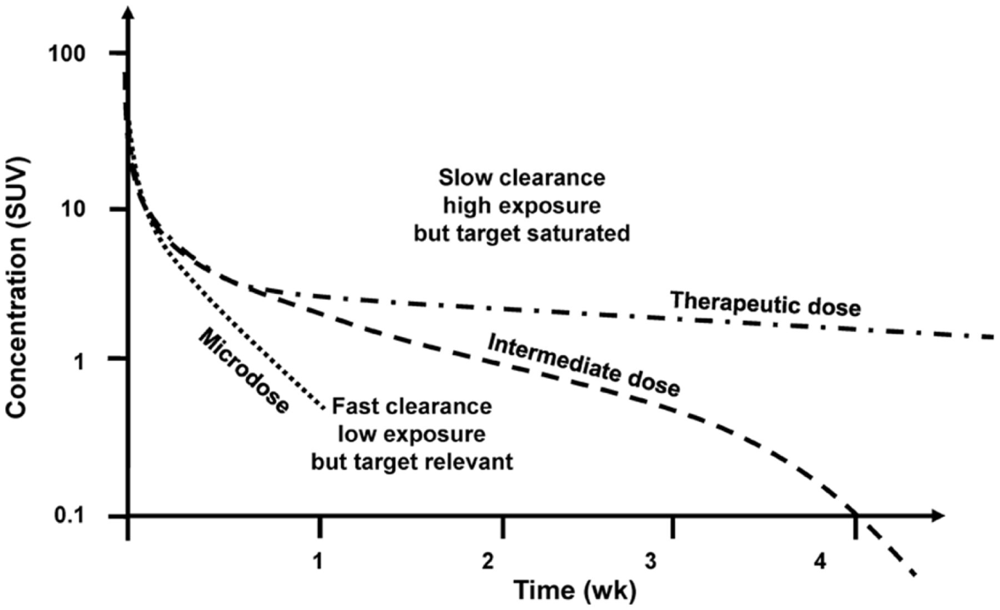Microdosing for the Masses: Can Tiny Doses of Psychedelics Boost Workplace Creativity?" explores the rising trend of professionals using microdoses of psychedelics like LSD and psilocybin to enhance creativity, focus, and emotional well-being at work.
Microdosing for the Masses: Can Tiny Doses of Psychedelics Boost Workplace Creativity?
Written by Sumit Kaushik

Imagine beginning your workday on a microdose of LSD or psilocybin rather than a triple shot of espresso. Welcome to the age of microdosing—a trend picking up among professionals, entrepreneurs, and artists who witness firsthand the power of low doses of psychedelics to tap into creativity, concentration, and emotional equilibrium without the hallucinatory high.
Following its association with counterculture figures, microdosing is now subtly infiltrating boardrooms, co-working offices, and Silicon Valley, Berlin, and worldwide tech startups. But does the trend actually fire up creativity and productivity—or is it just a highly publicized drug habit with excellent reputation?
What is Microdosing?
Microdosing is taking sub-perceptual (very low) doses of psychedelics—most typically LSD, psilocybin mushrooms, or less typically, mescaline or ayahuasca—on a regular interval (e.g., every third day).
A standard microdose is about 1/10 to 1/20 of a typical psychedelic dose, enough to produce subtle effects without compromising perception or causing hallucinations. The goal? Not tripping—but thinking more lucidly, feeling less burdened, and functioning better.
Why Professionals Are Turning to Microdosing
With burnout, stress, and creativity blockage hanging over today's workplaces, especially in high-stress professions like tech, marketing, and finance, microdosing is sold as a brain booster and mood stabilizer in one.
✨ Depicted Workplace Advantages:
Improved creativity and problem-solving- Improved focus and task-switching
- Reduced anxiety and burnout
- Improved emotional intelligence and empathy
- Increased states of flow and present-moment awareness
Anecdotal reports by CEOs, software designers, artists, and even therapists are that microdosing serves as a natural alternative to Adderall, antidepressants, or even caffeine.
What Science Says (and Doesn't Say Yet)
Even though the excitement is genuine, scientific evidence lags behind.
Current Research Highlights:
A 2020 study published in Psychopharmacology reported modest mood, creativity, and cognitive improvement in microdosers.
A 2021 placebo-controlled trial (eLife Journal) had mixed results, and expectation bias is bound to be a main contributing factor.
Brain scan research confirms psychedelics (even micro doses) will suppress default mode network activity, most likely to improve creative thinking and reduce rumination.
Additional studies to discover long-term effects, dosage levels, and safety are now being pursued by researchers at Johns Hopkins, Imperial College London, and UC Berkeley.
Risks, Ethics & The Corporate Dilemma
While there are some who envision microdosing as the key to cognition of the future, others warn it's a slippery slope—legally, ethically, and medically.
Challenges and Concerns:
Legality: A majority of psychedelics are still Schedule I drugs in the majority of nations.
No regulation: Dosage and purity vary, especially among black-market retailers.
Company policies: Use of drugs—even small amounts—is arguably against HR codes or is an issue of liability.
Psychiatric risks: Individuals with underlying psychiatric illnesses might be more prone to side effects.
Also, there are concerns that psychedelics are commodified as instruments of labor, stripping them of their sacred cultural heritage and healing richness.
The Rise of Psychedelic Startups and Coaches
Despite legal scrutiny, a wave of psychedelic entrepreneurs and well-being coaches now surf the microdosing wave. Companies like Mindbloom, Third Wave, and Field Trip Health offer educational content, guided courses, and even teletherapies in decriminalized states.
More importantly: venture capitalists are investing tens of millions of dollars in psychedelic research, seeing not just a wellness trend, but a healthcare revolution emerging.
Microdosing at Work: A Quiet Movement
Across sectors, more and more professionals are quietly experimenting—usually in off-the-record Slack channels, Reddit comments, or remote work meetings. From copywriters seeking flow to programmers debugging at dawn, microdosing is becoming an underground productivity trick.
Real-World Testimonies:
"It's like turning down the volume on my inner critic." – UI Designer, Berlin
"I don't hallucinate; I just hit inbox zero and still feel alive." – Startup Founder, San Francisco
"I started microdosing after burnout. It restored my love of work." – Marketing Manager, Toronto
Conclusion: Future or Fad?
Microdosing sits at the intersection of neuroscience, self-optimization, and countercultural rediscovery. While initial signs are positive, serious, long-term trials must be undertaken before microdosing can enter the mainstream—or be prescribed medicinally.
But one thing is sure: in a starved world that needs attention, creativity, and health, the professionals are increasingly open to looking beyond the pill bottle and into the mushroom cap.